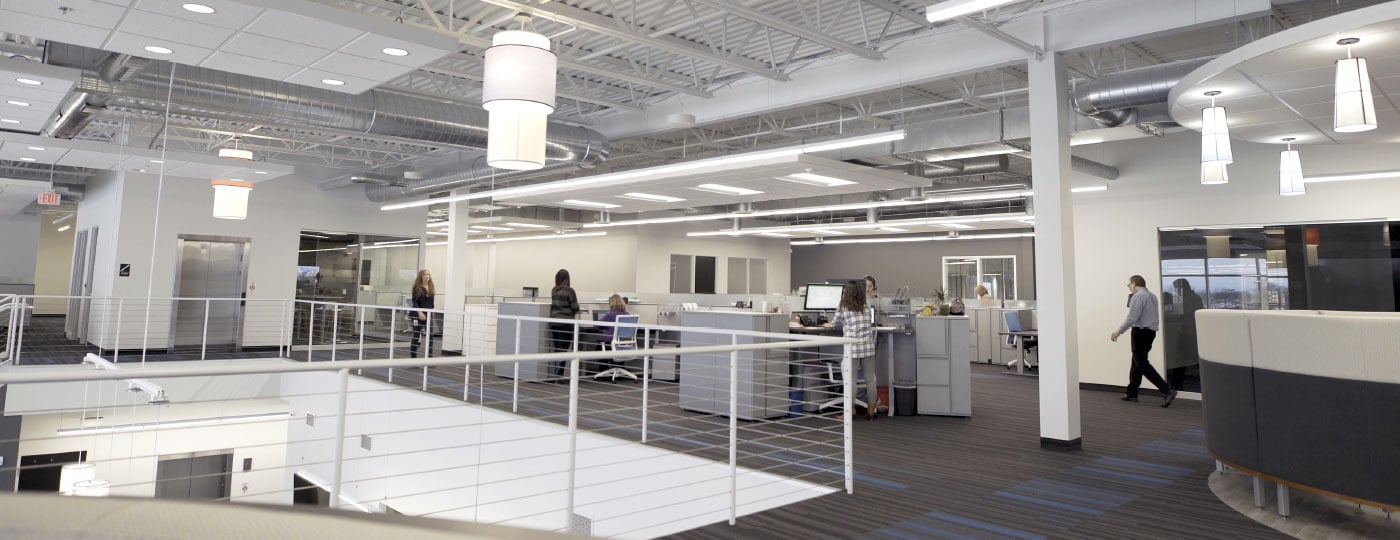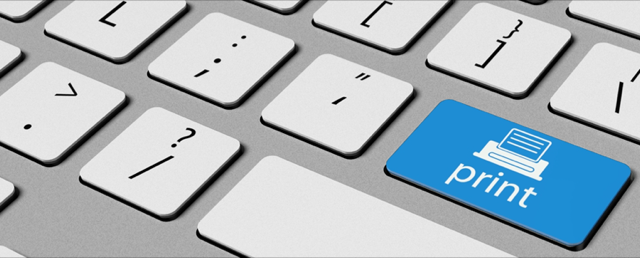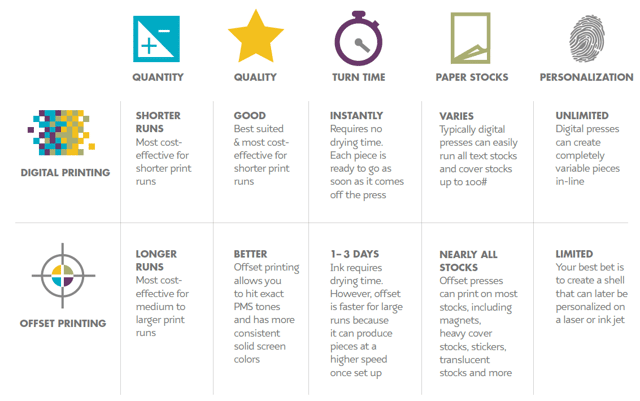

Mailers, brochures and sell sheets can all be effective tools in your marketing arsenal, but they don’t just create and print themselves.
Once you’ve finalized the design, you have two printing techniques to consider: digital and offset. There’s no one-size-fits-all approach. To understand the differences, and decide which method is best for you, read on.
Offset Printing
Offset printing—aka lithography—is the “old school” printing method. Picture a newspaper running a big roll: that’s offset printing. There’s a printing press, printing plates, and oil-based inks in cyan, magenta, yellow, and black (the CMYK color scale). Set-up can be expensive and time-consuming.
Even so, offset is the clear winner when it comes to producing higher volume jobs. Each print project has a threshold, dependent on dimensions and press sheet size, so you get the most bang for your buck when the volume is large enough to drive down the cost-per-item. Your print vendor will help you determine when you’ve reached that threshold.
Another advantage of offset is color quality. In addition to CMYK, offset printing uses Pantone inks for a perfect color match. (Digital printers, though, are regularly upping their technology game when it comes to quality.) Offset printing has the greatest flexibility to bring your creative designs and brand’s message to life through the coatings (like UV or varnish) and the number of paper options you can choose from.
Digital Printing
A digital press is kind of like an office printer, only with toner rather than oil-based ink. While the lack of set-up costs make digital printing the cheapest option for low-volume jobs (and definitely something to keep in mind as a cost-effective option for A/B testing), digital printing really shines when it comes to leveraging the information in your database.
In the hands of a programmer, digital printing allows you to print completely variable pieces in one production run, creating unique pieces that speaks directly to each contact in your database. The variable information could be as simple as messaging changes or as robust as showing different product suggestions based on past buying history. This is an excellent way to create personalized direct mail pieces.
Digital printing is the clear winner, too, with rush projects (no plates to set up) and when it comes to proofing. If there are changes, it’s easy and fast to make the changes on a digital press.

Uncover opportunities to improve your existing marketing campaigns by saving money. Sign up for our FREE Education Email Series Direct Mail: Cost Reduction Strategies for more cost-saving strategies.

(800) 328-5680
3640 Pheasant Ridge Drive NE • Blaine, Minnesota 55449
Copyright ©2014 Streamworks, LLC. All rights reserved. Privacy Policy